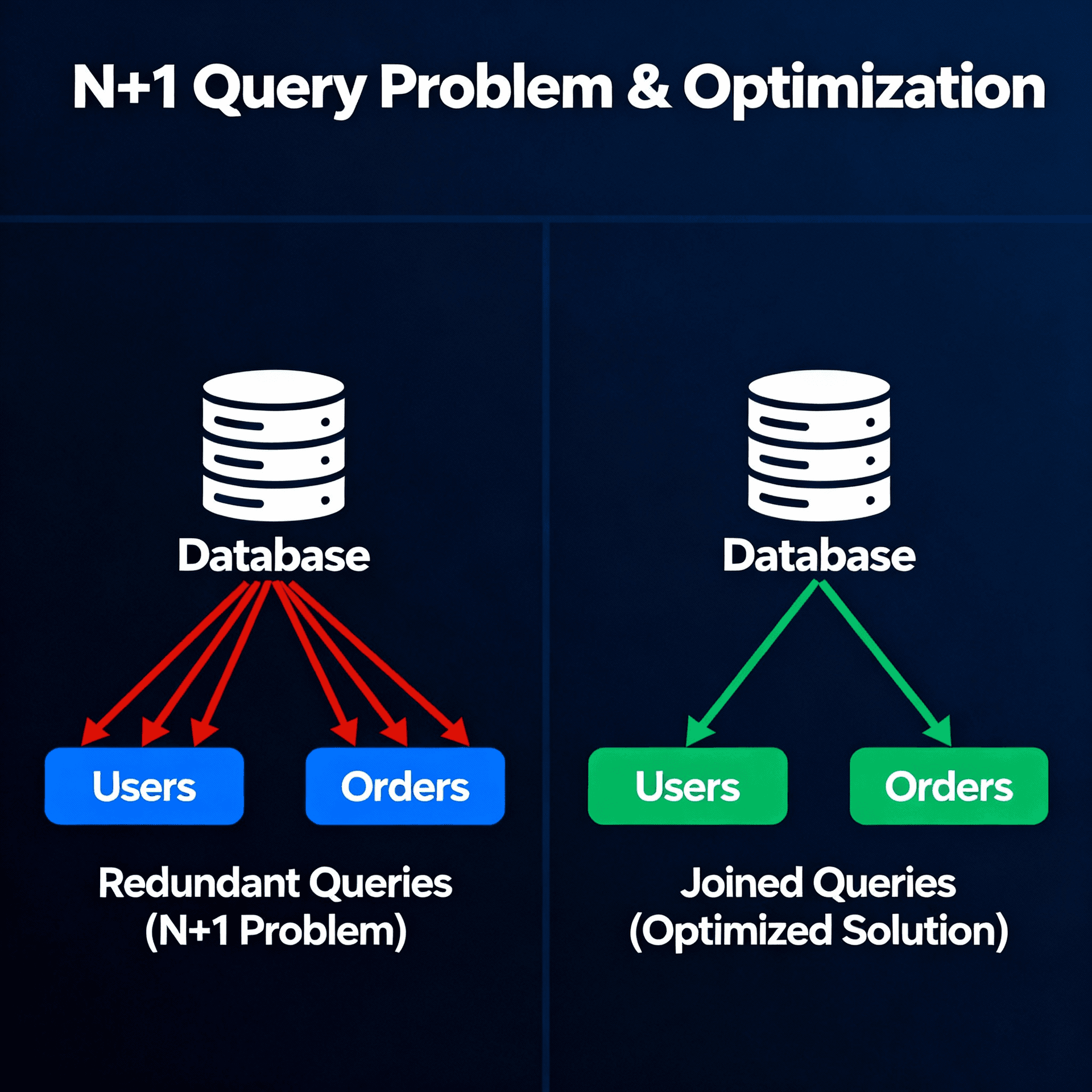Tech Documents

As software projects grow in complexity, the need for comprehensive technical documentation becomes paramount. Without a clear record of architectural decisions, design rationales, and implemented changes, technical debt accumulates rapidly, making it increasingly difficult to maintain, enhance, or hand off the codebase effectively.
Tech Documents
Request For Comments (RFCs)
It is a process used in software development to discuss and propose technical ideas, designs, or changes to a project.
The key aspects of an RFC are:
-
Document Proposal: An RFC starts with a document that outlines the proposed idea, change, or solution. This includes the context, motivation, detailed description, and potential consequences or trade-offs.
-
Team Review: The RFC document is shared with the broader team or relevant stakeholders for review and feedback. This collaborative process allows for identifying potential issues, alternative approaches, or improvements to the proposal.
-
Discussion and Iteration: Based on the feedback received, the RFC may undergo revisions or further clarifications. This iterative process continues until a consensus is reached or a decision is made.
-
Decision: After thorough discussion and consideration of feedback, a decision is made to either accept, reject, or modify the proposed RFC.
RFCs promote transparency, collaboration, and documentation of the decision-making process. They ensure that significant technical choices are well-thought-out, reviewed by multiple perspectives, and their rationale is recorded for future reference.
By following an RFC process, teams can make more informed decisions, mitigate potential risks, and maintain a clear record of the reasoning behind architectural choices or changes in a project.
Architectural Decision Record (ADR)
An Architectural Decision Record is a document that captures an important architectural decision made in a software project, along with its context, consequences, and rationale. ADRs serve as a record of the decision-making process and a knowledge base for future reference.
The typical structure of an ADR includes:
- Title: A concise title summarizing the decision.
- Status: The current status of the decision (e.g., proposed, accepted, deprecated).
- Context: The background information, problem statement, or context that led to the need for this decision.
- Decision: A detailed description of the decision that was made.
- Consequences: The resulting consequences of the decision, including both benefits and potential drawbacks or trade-offs.
ADRs are usually written in a lightweight format, such as Markdown files, and stored in the project's repository. They are immutable, meaning that if a decision needs to be revised or superseded, a new ADR is created, and the old one is marked as deprecated or superseded, with a reference to the new decision.
The primary benefits of using ADRs include:
- Documentation: ADRs document architectural decisions, their rationale, and the thought process behind them, preventing knowledge loss over time or when team members change.
- Transparency: They promote transparency by making architectural decisions explicit and accessible to the entire team.
- Context preservation: By capturing the context and consequences, ADRs help future team members understand the decision's rationale, even if the original decision-makers are no longer available.
- Accountability: ADRs establish accountability for architectural decisions, making it easier to trace the decision-making process and understand the reasoning behind specific choices.
By maintaining a comprehensive set of ADRs, teams can effectively manage and communicate important architectural decisions, facilitating knowledge sharing, code comprehension, and the ability to reason about future changes or refactoring efforts.
Postmortem
A "postmortem" is a review and evaluation process conducted after a significant incident, project, or event. The goal is to analyze what happened, identify causes, learn from mistakes and successes, and determine ways to improve in the future. Here is a more detailed definition:
A postmortem is a structured, retrospective analysis that occurs after an incident, such as a service outage, a troubled release, or a completed project. It involves gathering the relevant team or stakeholders to review what happened, explore root causes, evaluate what was done well and what could have been done better.
The postmortem process typically includes:
- Reconstructing a detailed timeline of events.
- Identifying the failure points, errors, or issues that occurred.
- Determining the underlying root causes of the problems.
- Analyzing the responses and actions taken during the incident.
- Discussing what went well and what could be improved.
- Developing recommendations and lessons learned.
- Determining corrective and preventive actions to be implemented.
The goal of a postmortem is to learn from the experience, avoid repeating mistakes, improve processes, tools, and practices, as well as promote accountability and transparency within the team or organization. It is an opportunity for critical reflection, without blaming individuals, and identifying areas for improvement.
Postmortems are widely used in sectors such as technology, healthcare, aviation, and other fields where failure analysis and continuous improvement are crucial for safety, reliability, and operational success.
Tools to manage Tech Documentation
wiki.js: A Powerful Documentation Hub
wiki.js is an open-source, feature-rich wiki software that excels in this role.
With its intuitive interface, version control integration, and robust access controls, wiki.js empowers teams to collaboratively document their projects, from high-level architecture overviews to granular implementation details. Its markdown support and rich formatting options make it easy to create visually appealing and easily navigable documentation, while features like code rendering and diagrams enable teams to embed technical content seamlessly.
Backstage: A Developer Portal for the Entire Tech Stack
Backstage takes a more comprehensive approach by serving as a developer portal for the entire tech stack. Developed by Spotify, Backstage aims to create a centralized hub for all the software tools, services, and documentation that developers need to be productive.
Backstage integrates with various systems, including source control, CI/CD pipelines, monitoring tools, and documentation repositories, providing a unified view and entry point for developers. This streamlined experience reduces context-switching and improves developer productivity, ultimately contributing to a more efficient and collaborative development process.


